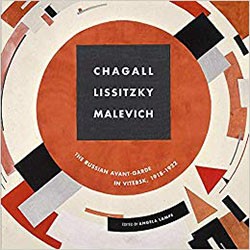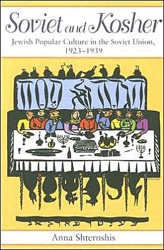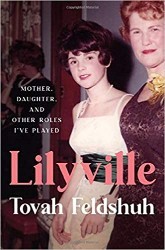Russian Jewish theater is a time honored tradition which pre-dates the early days of the Russian Revolution and began growing seeds in the early 1900’s. The book, Chagall and the Artists of the Russian Jewish Theater, was assembled and published in conjunction with an exhibit curated by the Jewish Museum of New York.
Senior Curator, Susan Tumarkin Goodman, has explored the topic of Russian Jewish theater in several previous exhibitions, but never before has the topic been so intricately dissected. Amid a constantly changing political landscape, this artistic movement emerged as a stage, literally and metaphorically, for depicting the disparate voices of the splintered Russian population. Contributing writers discuss the flux of secular Jewish society and the environment in which Jewish theater —artists, actors, and directors— played significant roles in influencing the general public, both Jewish and non Jewish.
The fractured sects of the time are best represented in this book by the descriptions and missions of the two most historically noted Russian Jewish theaters, the Hebrew language, Habima (the stage), and the Yiddish language Goset which represented the large general populace of Jewish culture and identity in the Soviet Union of the early 1900’s. That artists like Marc Chagall were approached by the latter to create surreal, shtetl themed backdrops for their productions was a natural extension of the philosophy that the troupe was espousing. Key figures in Russian Jewish theater such as Aleksei Granovsky and Solomon Mikoels felt that Chagall’s work, steeped in “old world” Jewish tradition, captured the imagination and language of everyday Jewish workers while founders of Habima such as Natan Altman and its supporters viewed their productions as Zionistic in approach.
This historical compilation includes intriguing illustrations of stage sets, costumes, and characters which address the unflattering, persisting stereotypes of Jewish people, the changing of policy under Stalin as well as the struggle against the extinguishment of creative expression in favor of freedom.




